Project Name
Gaga CoastPosted in
Restaurants, Design, Interior DesignLocation
Architecture Practice
LinehouseArea (sqm)
620Completed
2022| Detailed Information | |||||
|---|---|---|---|---|---|
| Project Name | Gaga Coast | Posted in | Restaurants, Design, Interior Design | Location |
123 Madang Road Huang Pu Qu
Shanghai |
| Architecture Practice | Linehouse | Area (sqm) | 620 | Completed | 2022 |
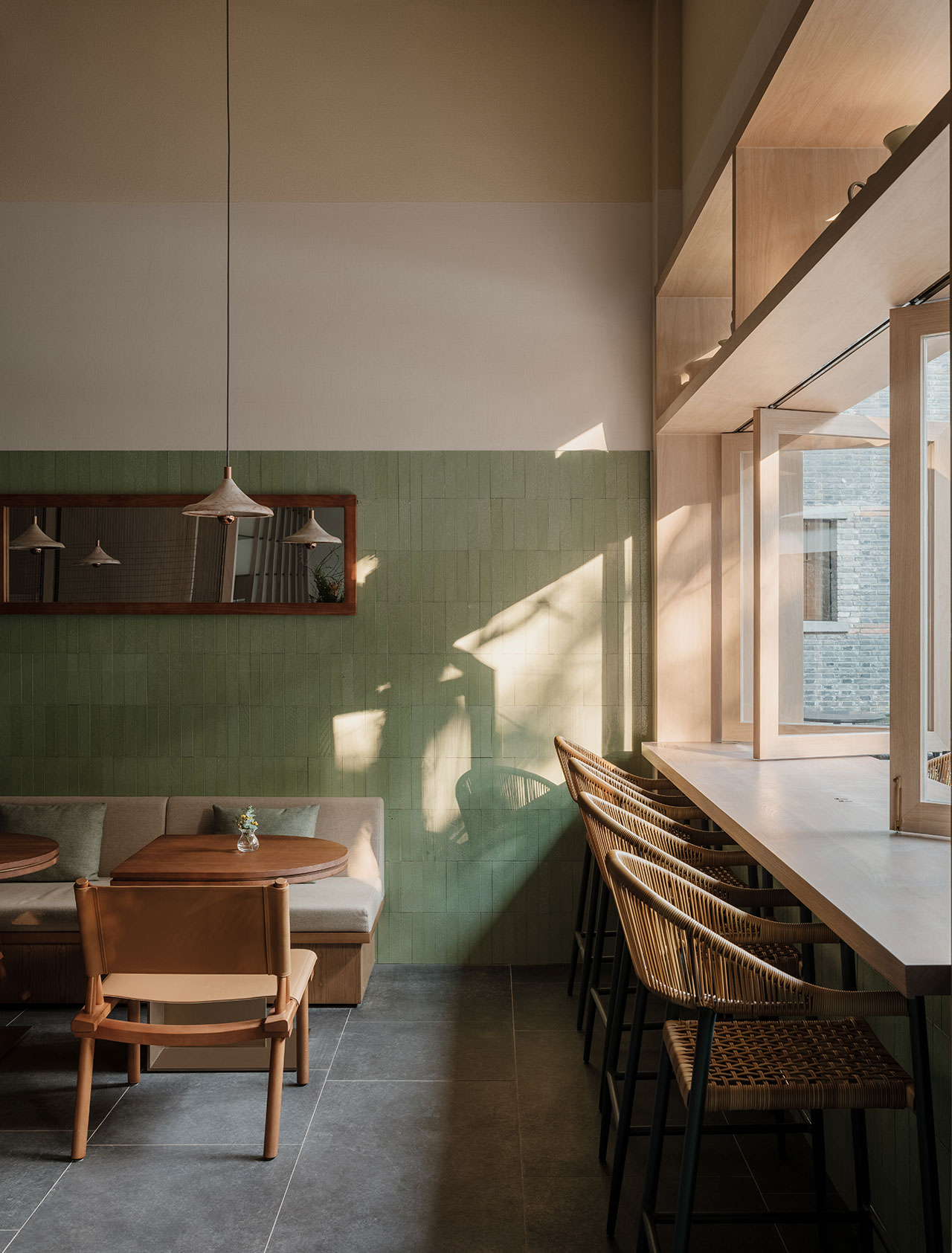
Photography © Wen Studio.
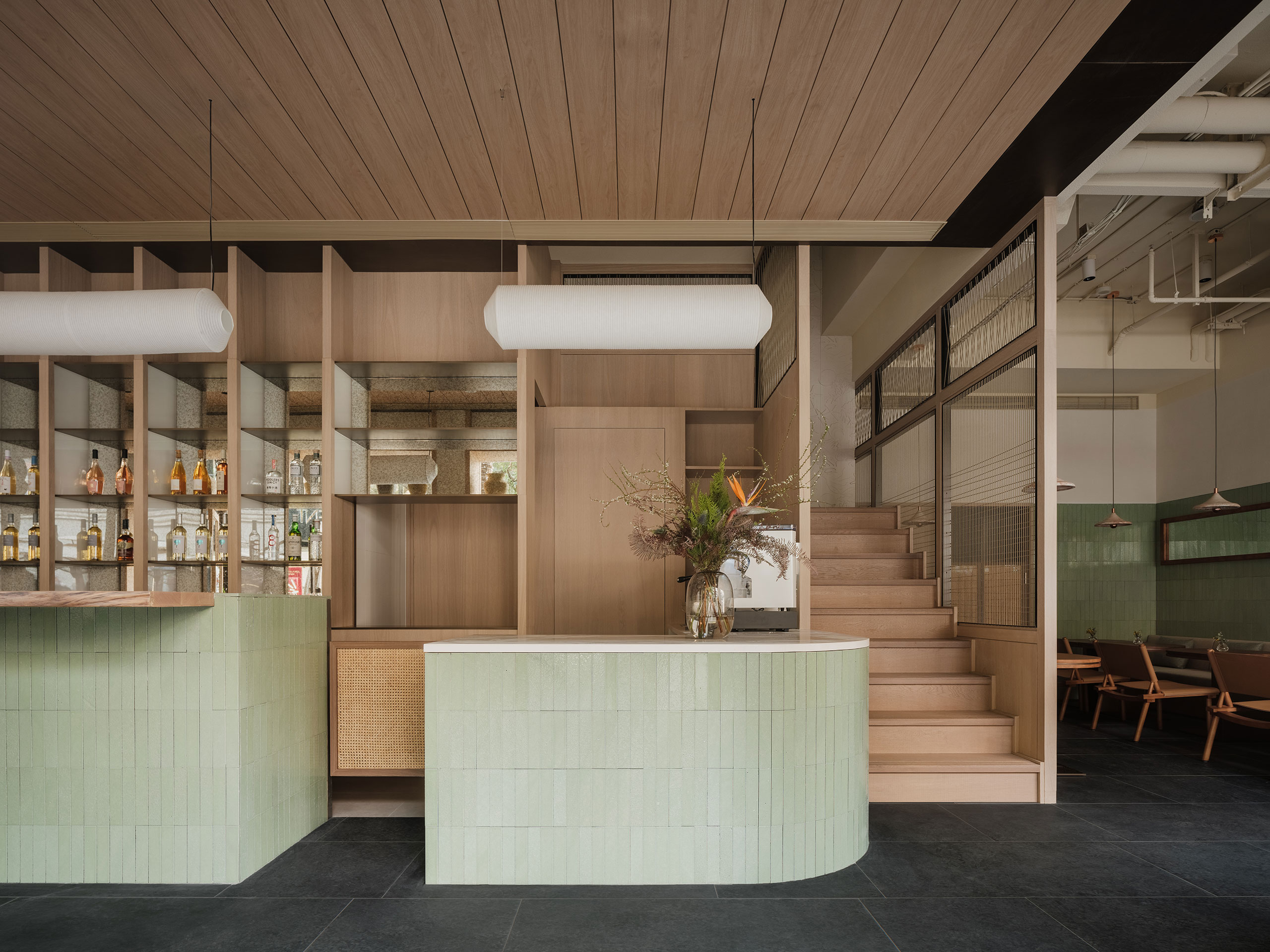
Photography © Wen Studio.
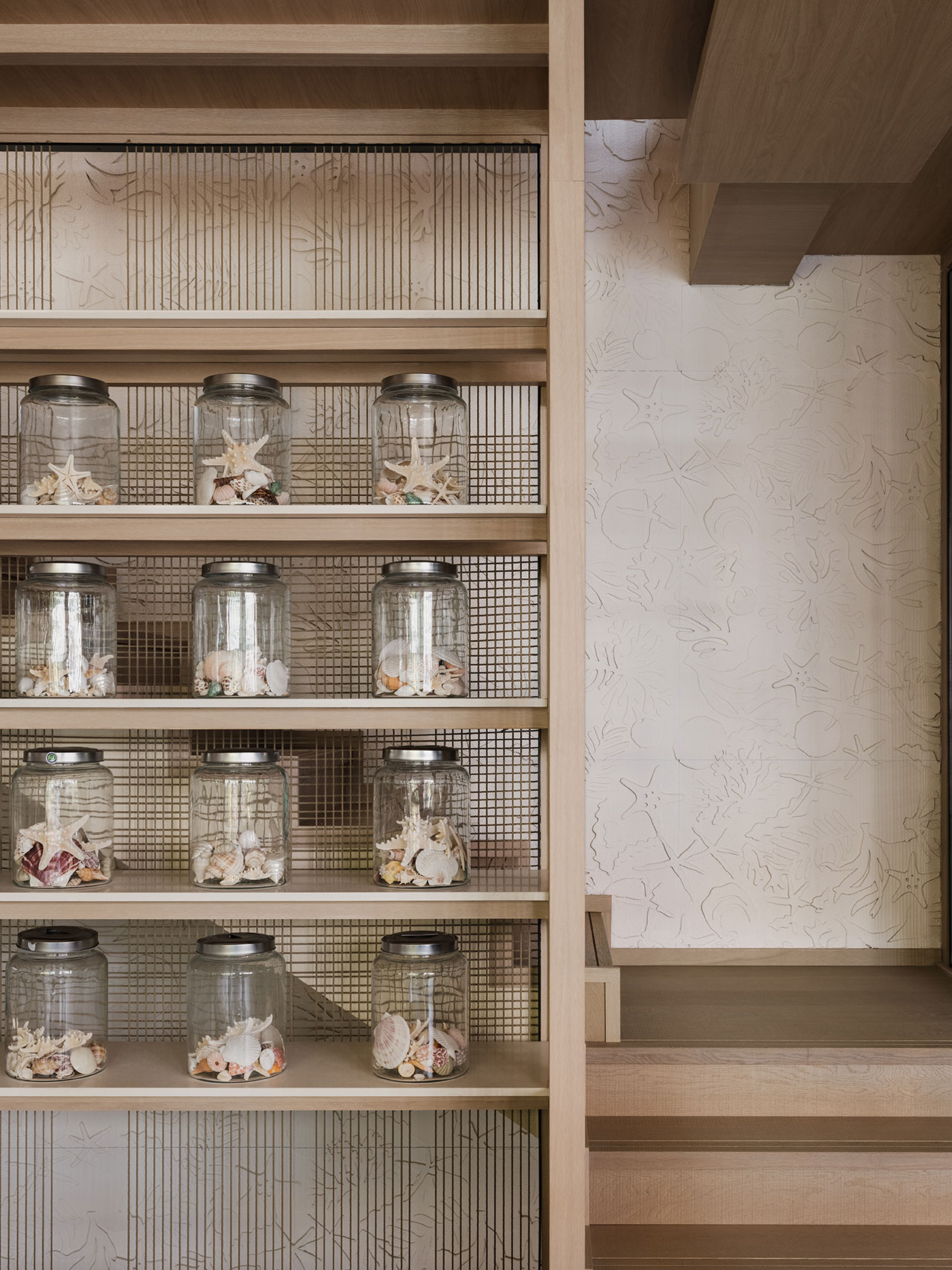
Photography © Wen Studio.
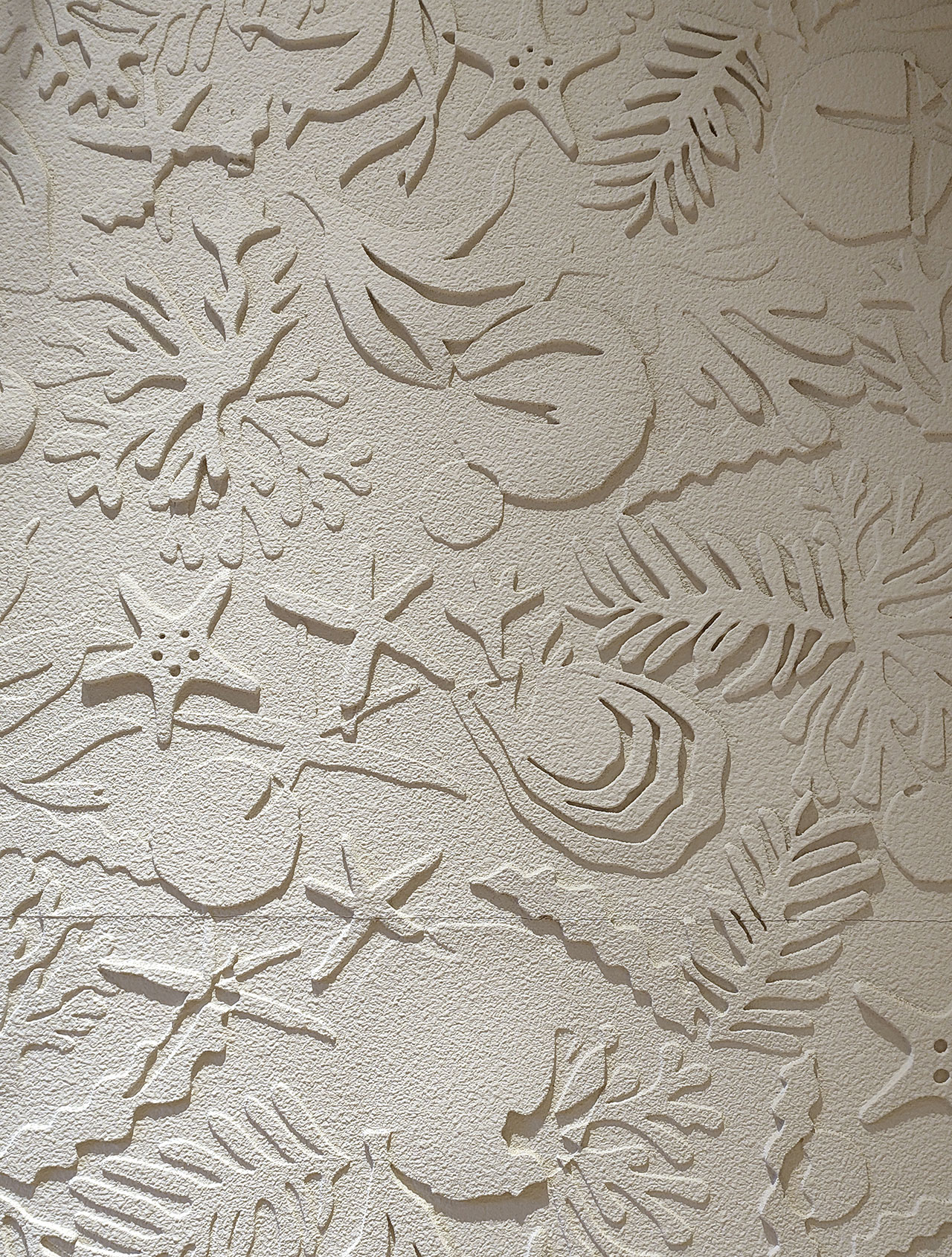
Photography © Wen Studio.
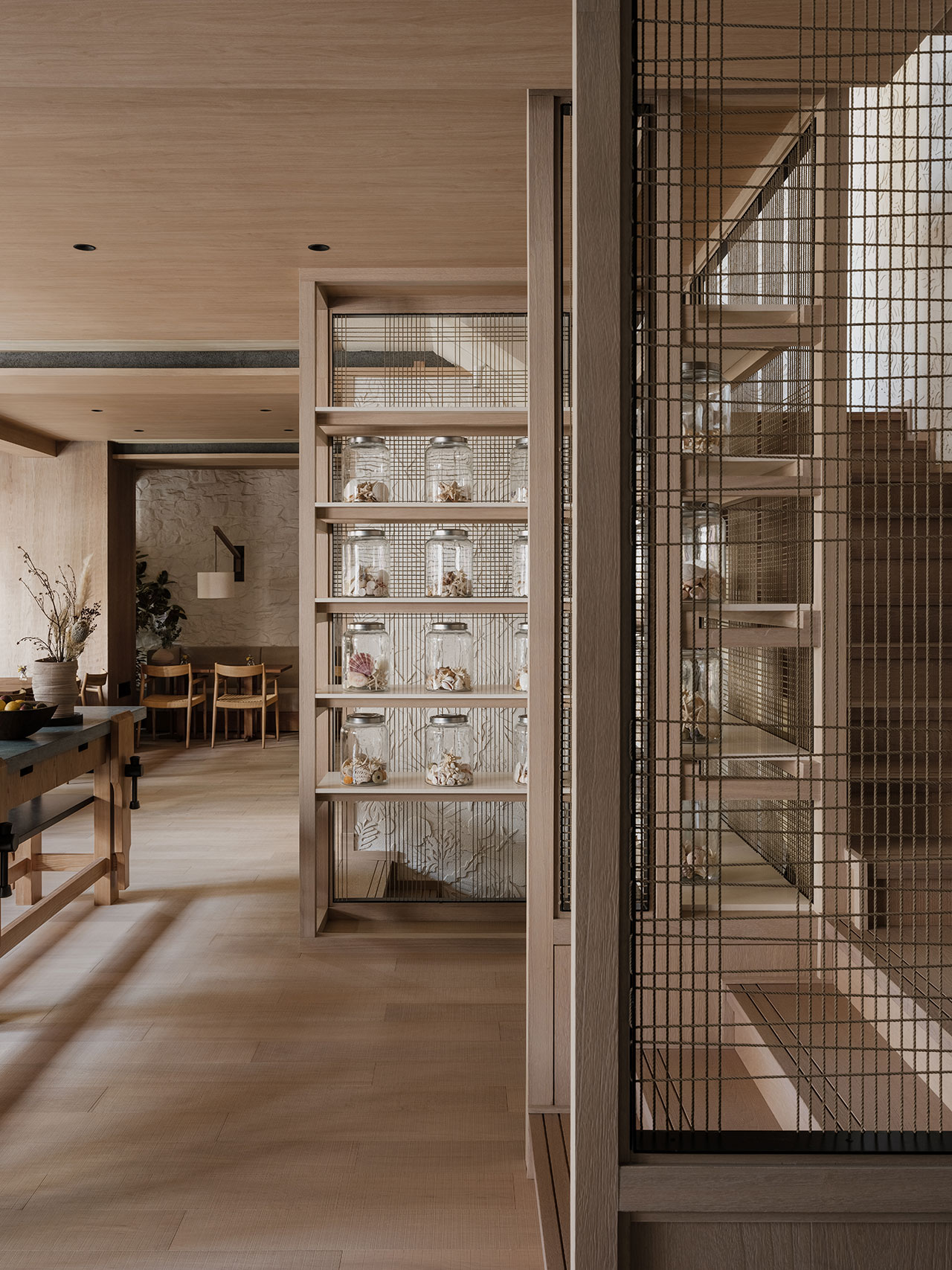
Photography © Wen Studio.
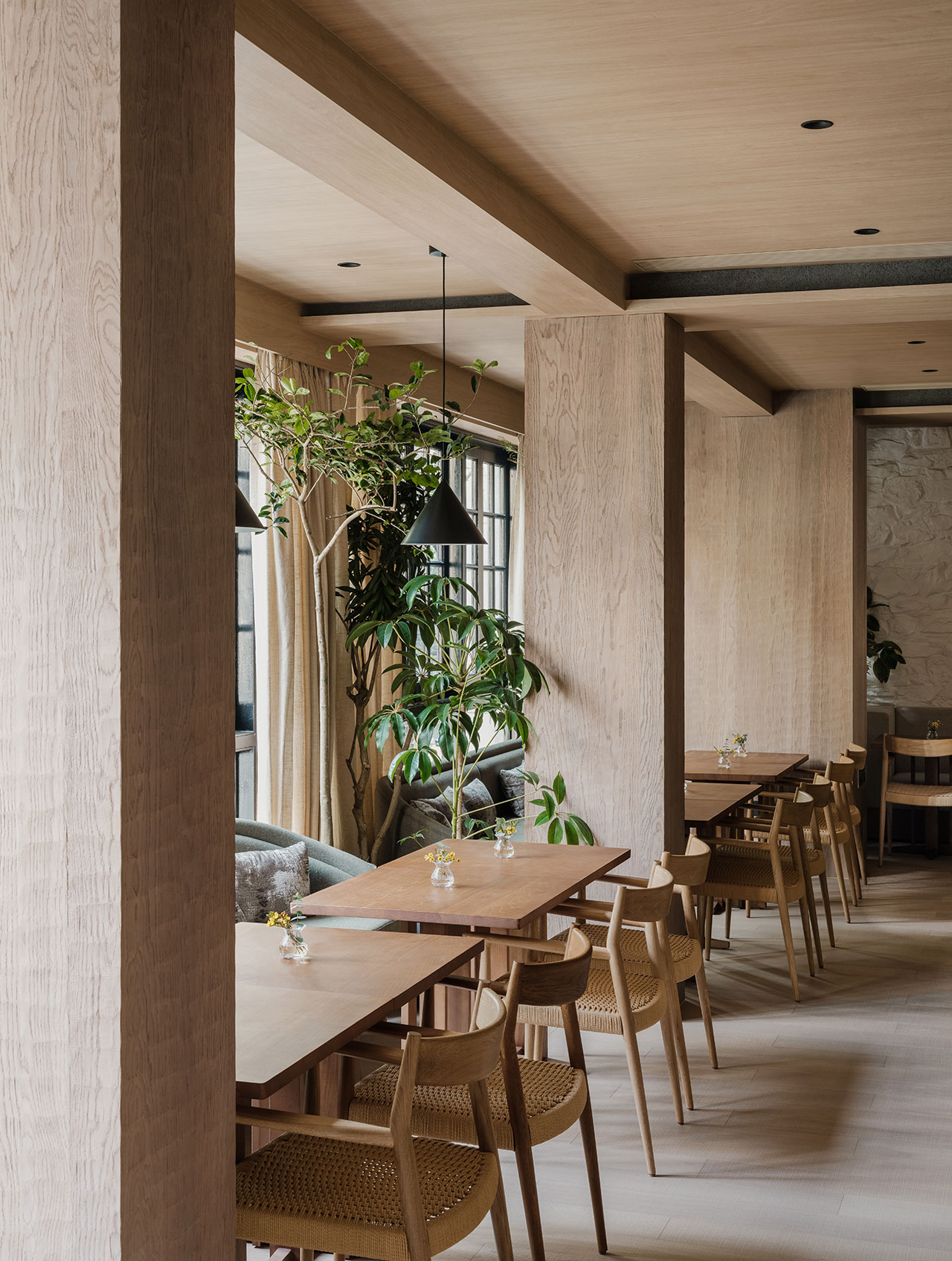
Photography © Wen Studio.
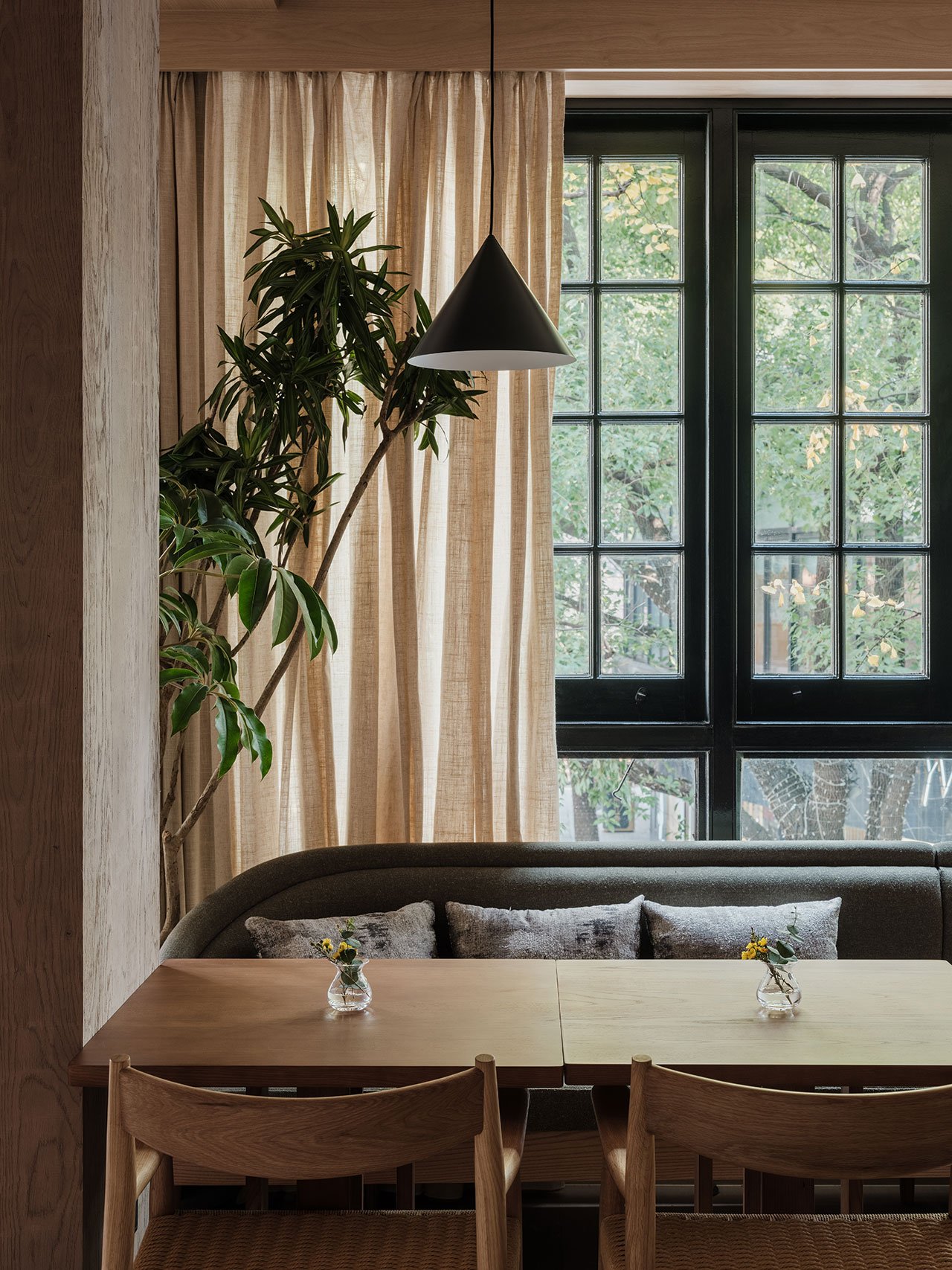
Photography © Wen Studio.
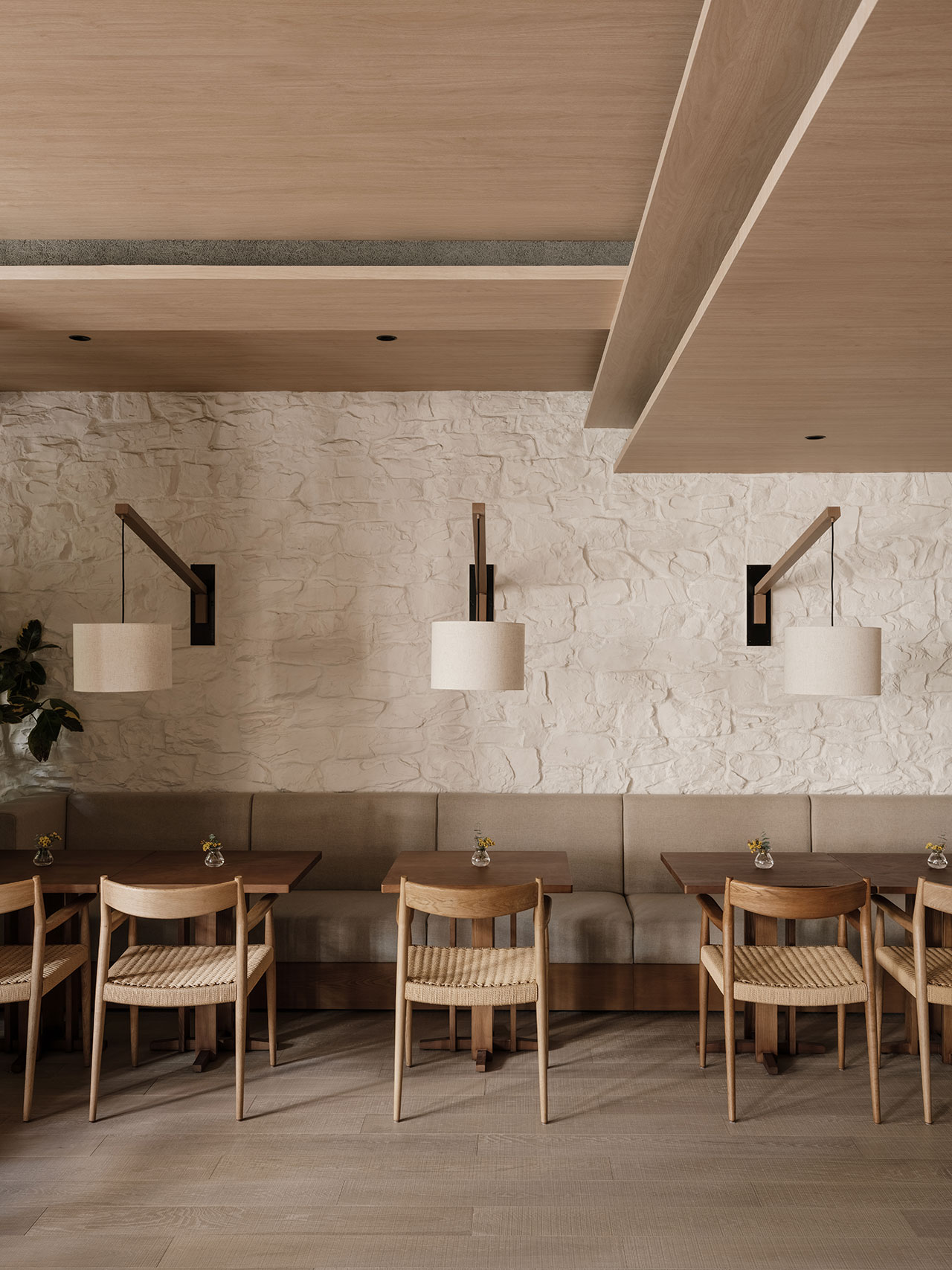
Photography © Wen Studio.
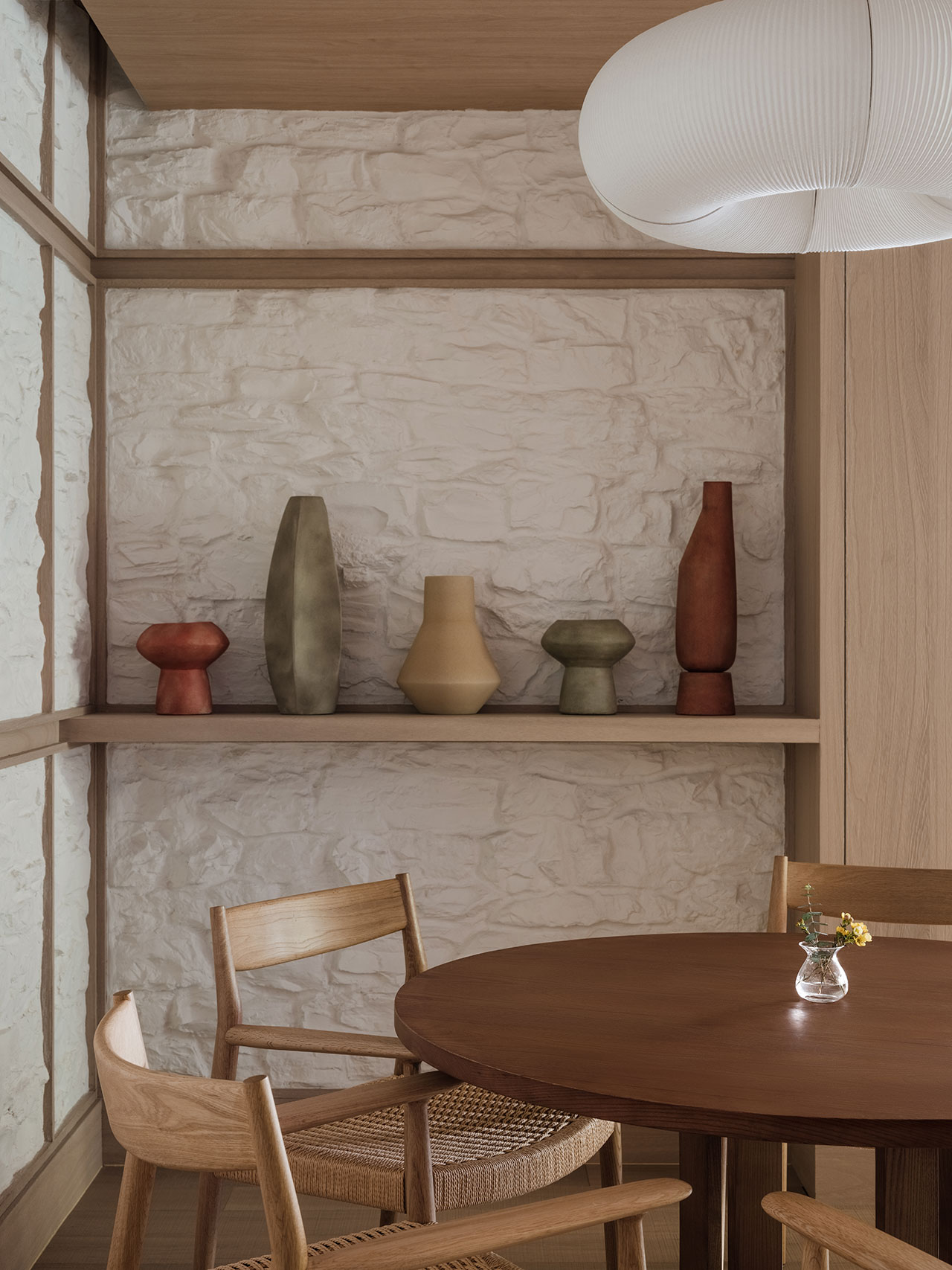
Photography © Wen Studio.
On the first-floor, the dining area is enveloped in white-washed stonework and light-hued timber panelling against which red-brownish tiles interestingly made from recycled coffee grounds and dark charcoal-coloured stone surfaces delineate the open kitchen and parilla grill. White-washed stone walls are also featured on the top floor, a lofty space dominated by the restored roof structure, in this case juxtaposed with black charred yakisugi wood which is used for the Chef’s table backdrop. Housing a private dining area, the space opens up to a balcony and separate terrace that both overlook the bustling neighbourhood.
From the bar countertop on the ground floor, to the building’s window frames, to the original wooden ceiling trusses on the second floor, wood is a common thread across all three levels, as are the decorative reliefs on the staircase wall, which features sea-inspired motifs like starfishes and anemones, and the sisal rope screens in lieu of balustrades. Further enhancing the sense of a Mediterranean vernacular, the timber-framed rope screens reach all the way to the top of the stairs where they enclose a small wine room which houses a good selection of hearty wines to complement the Mediterranean cuisine.
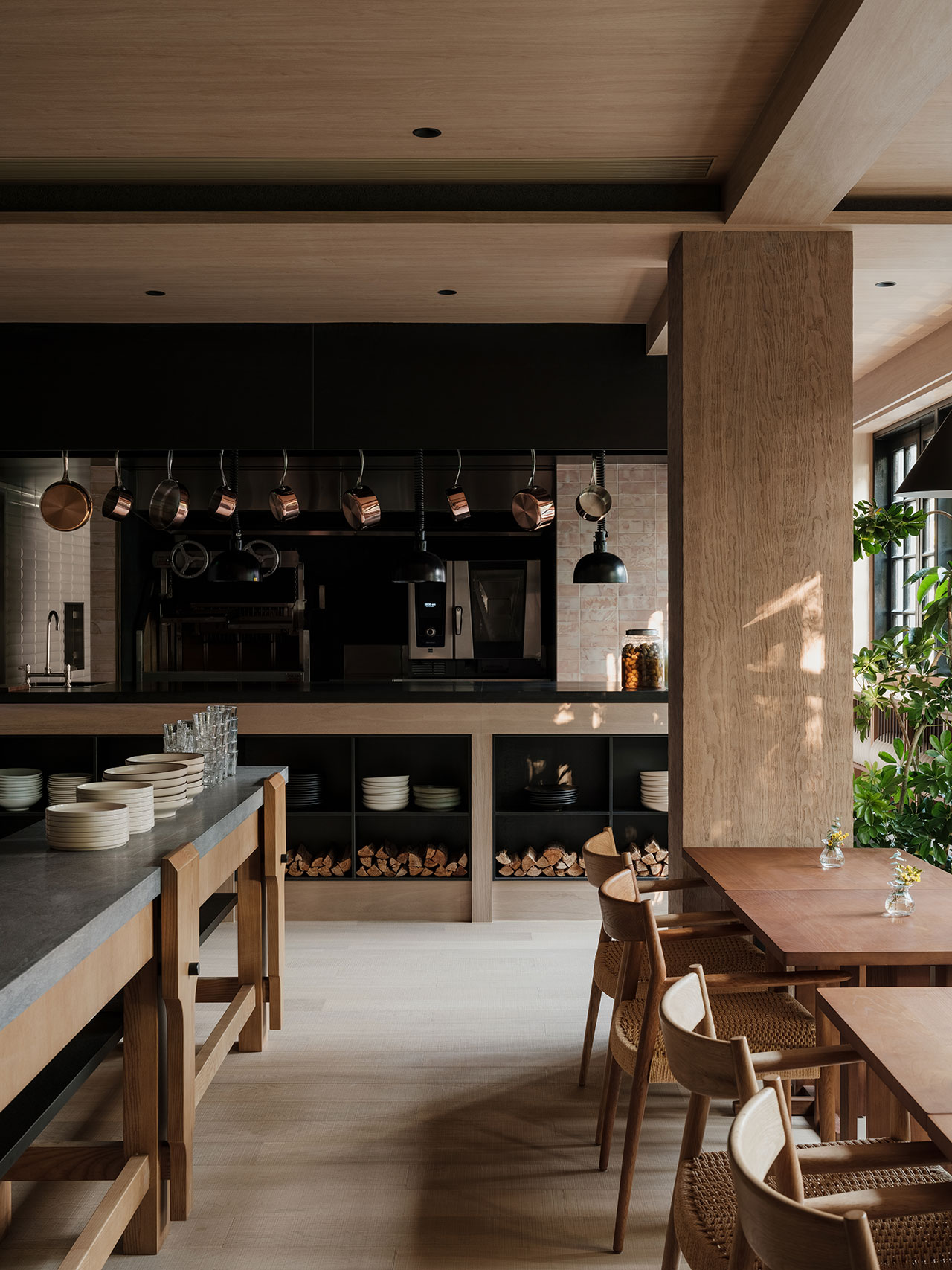
Photography © Wen Studio.
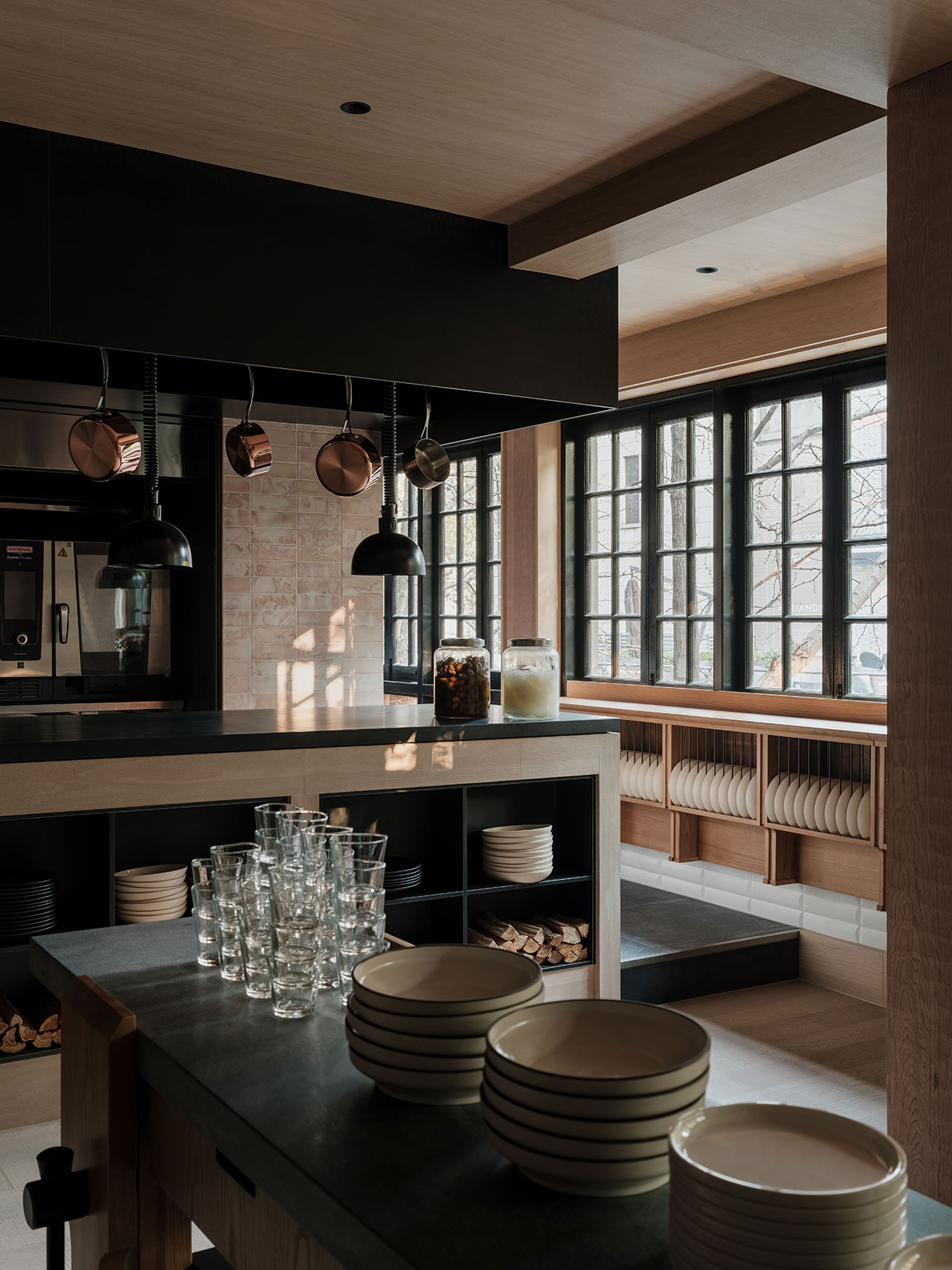
Photography © Wen Studio.
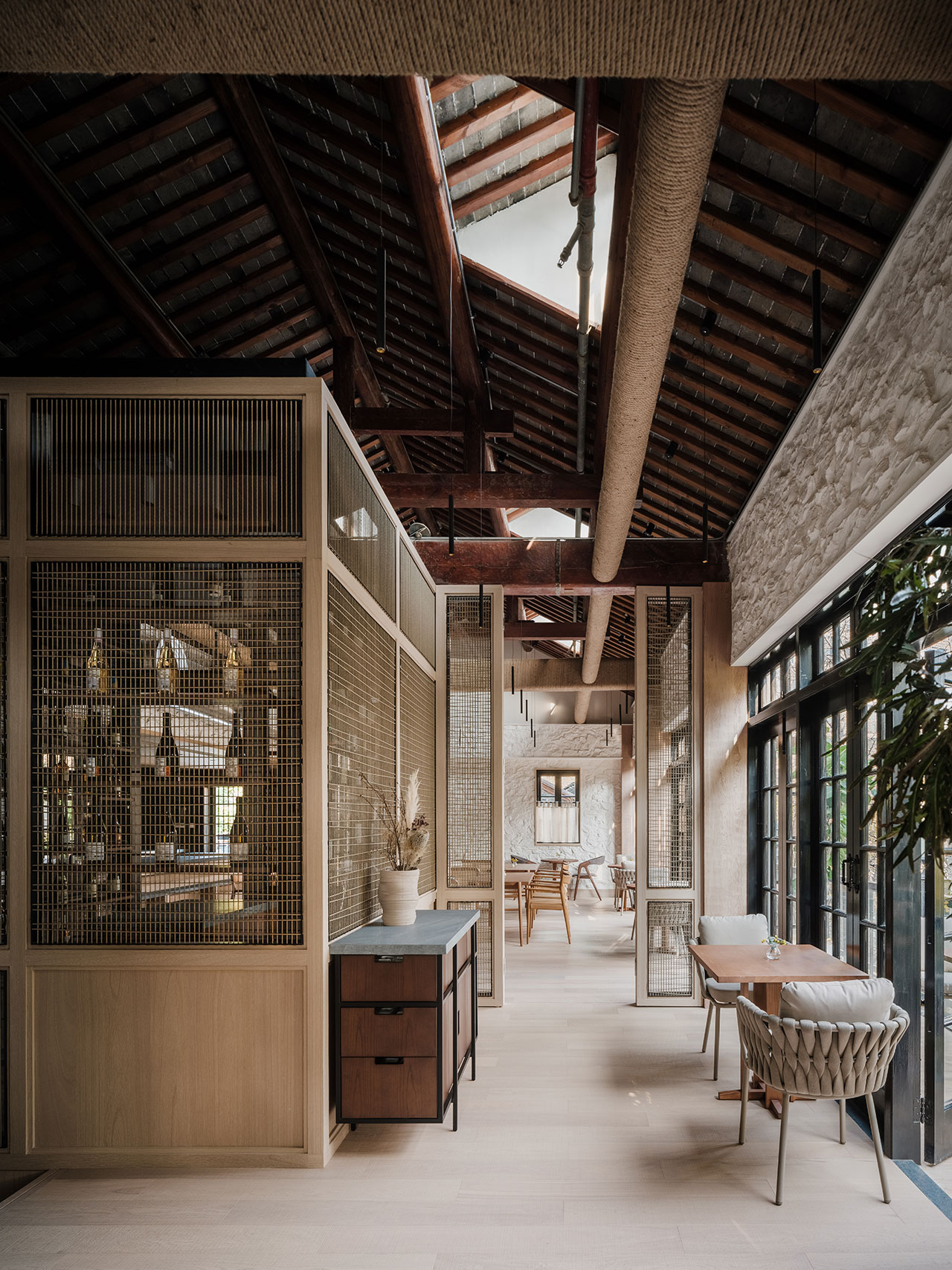
Photography © Wen Studio.

Photography © Wen Studio.
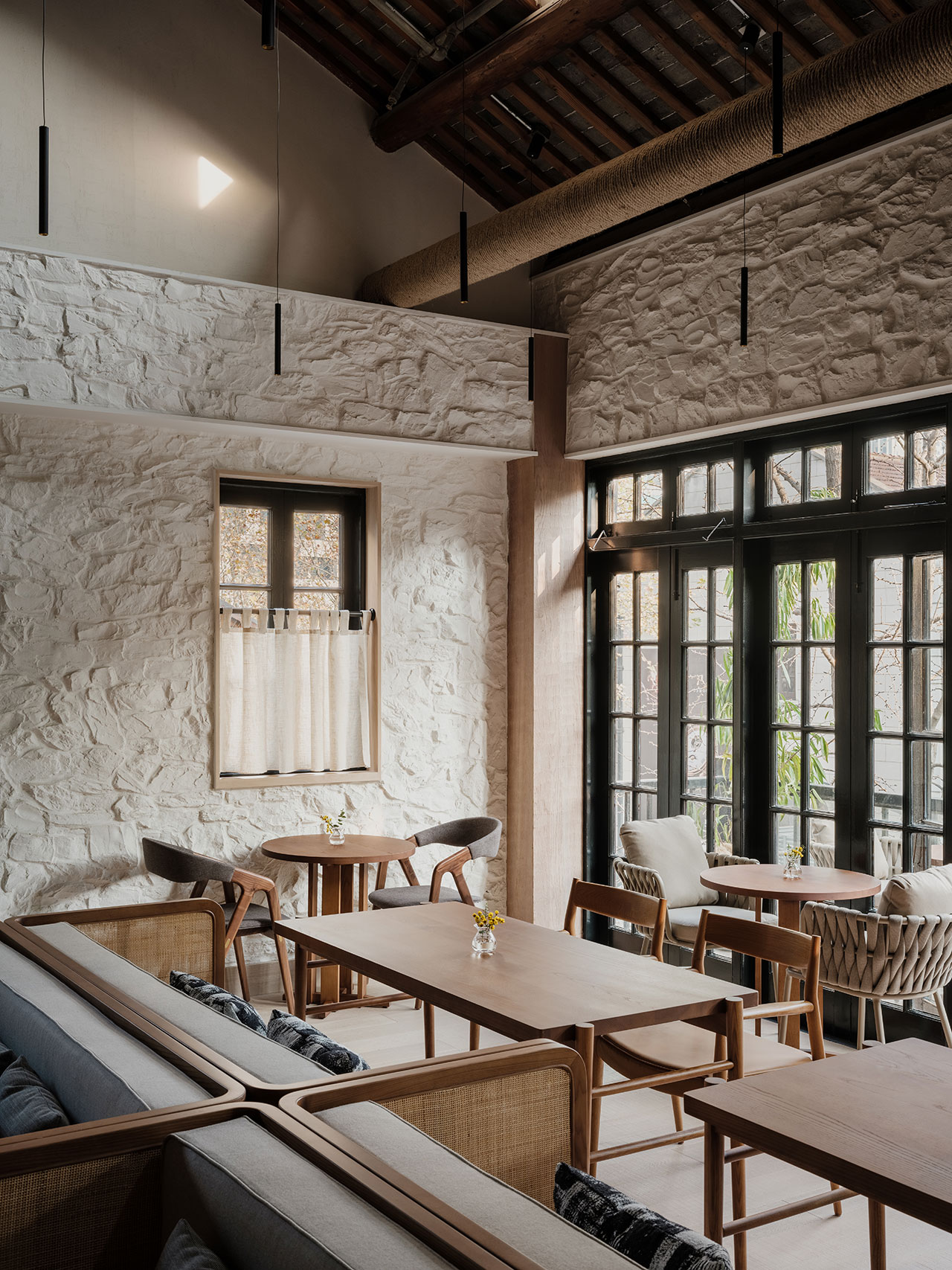
Photography © Wen Studio.
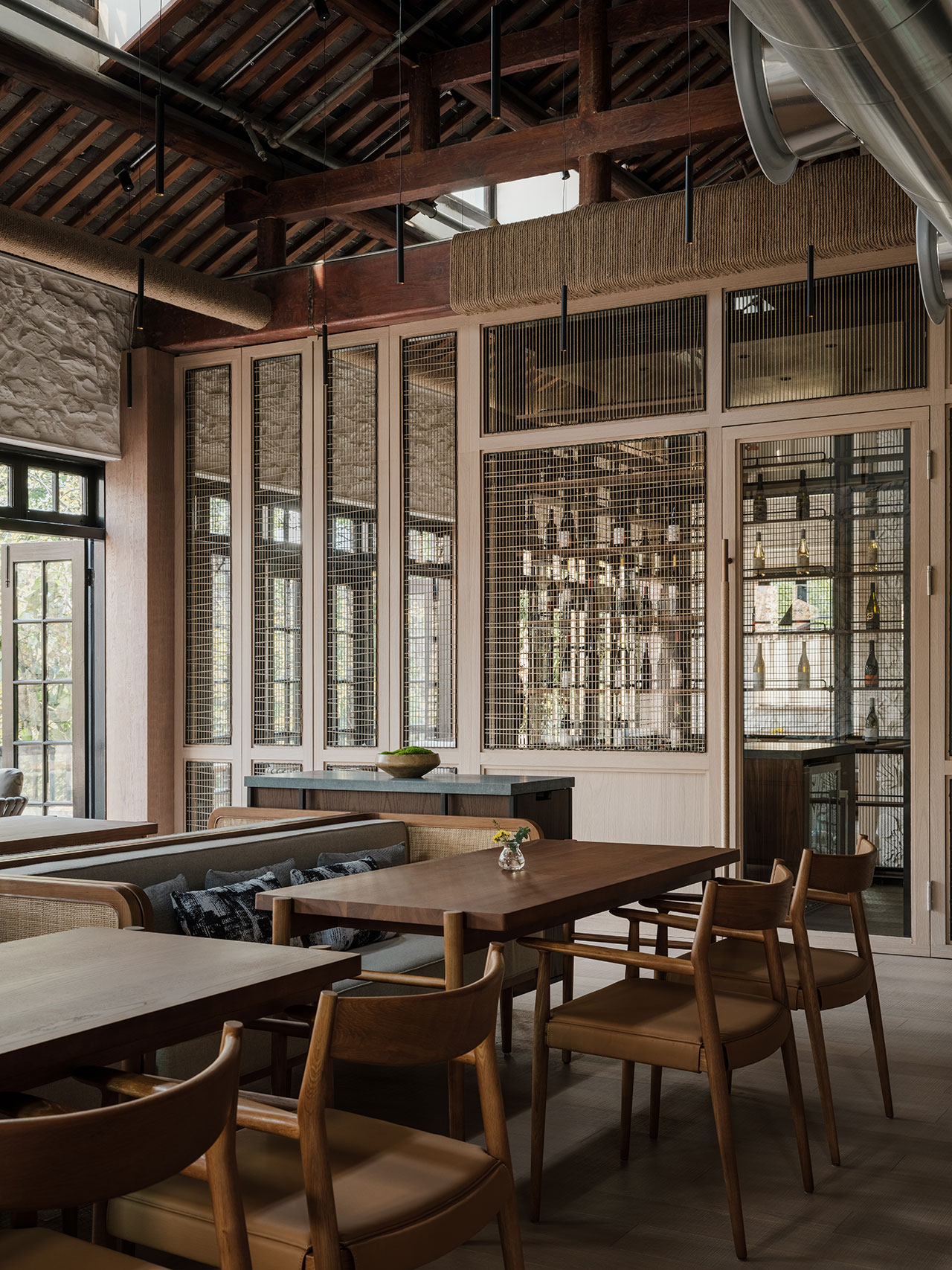
Photography © Wen Studio.
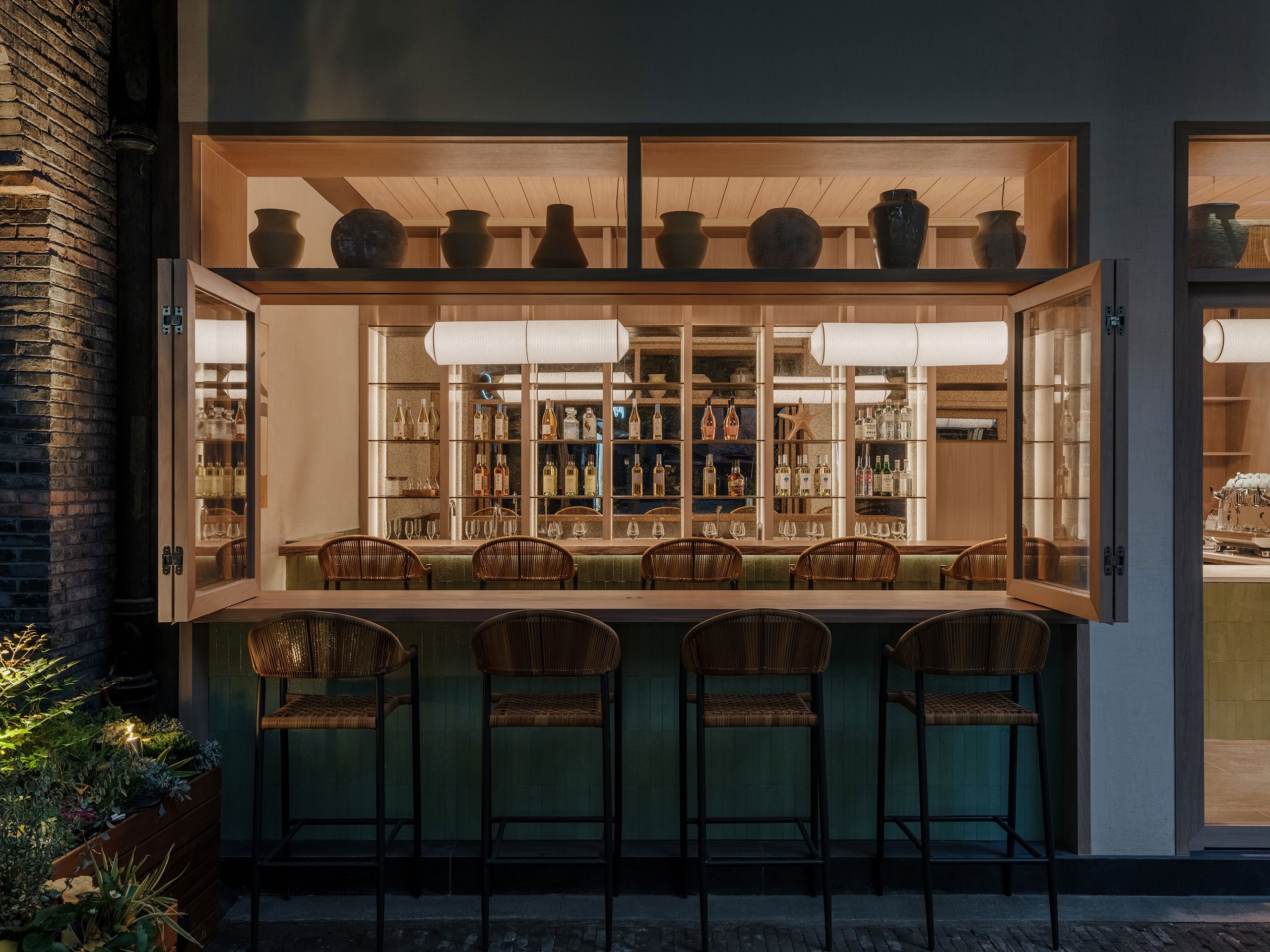
Photography © Wen Studio.
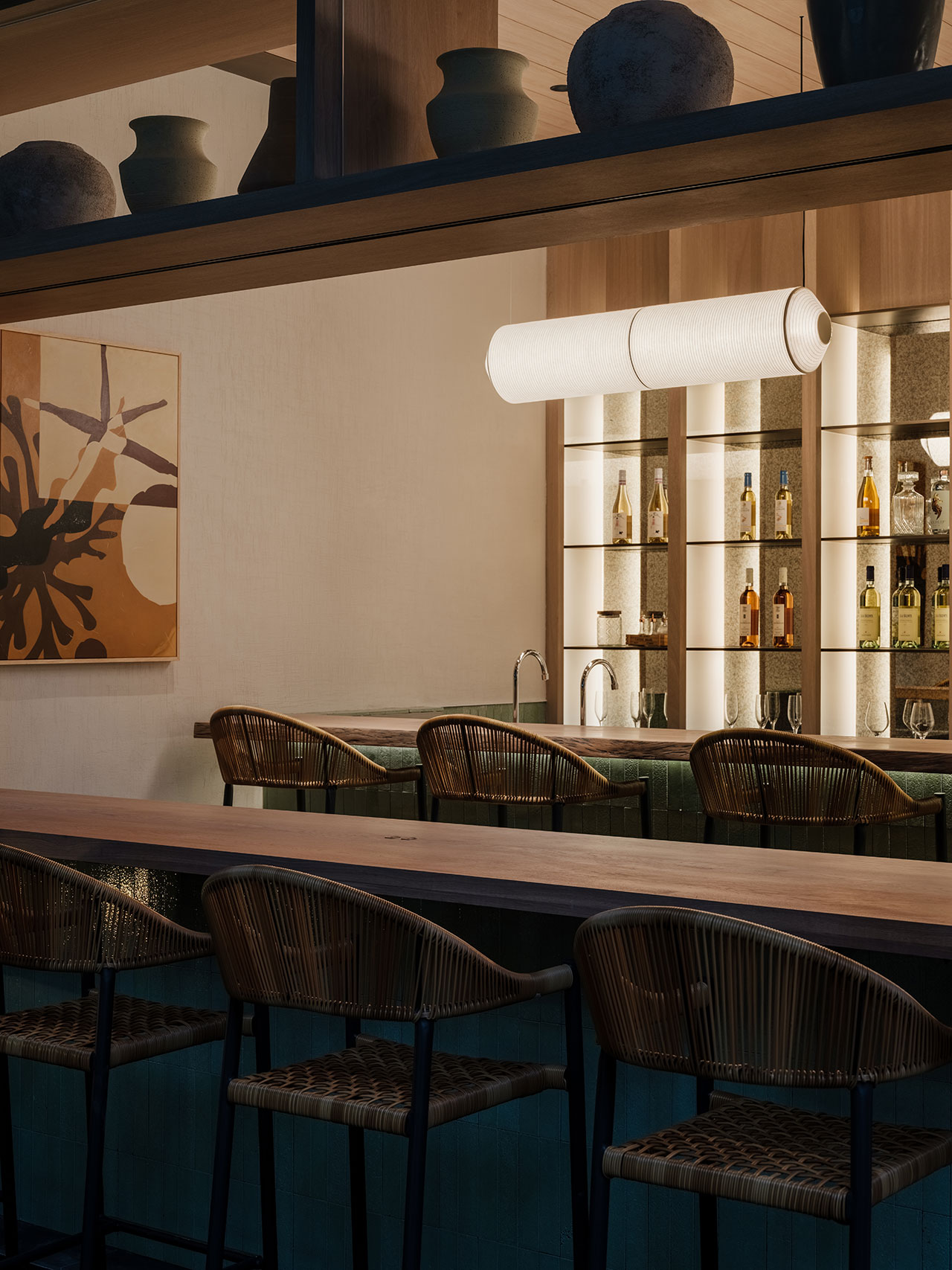
Photography © Wen Studio.
















